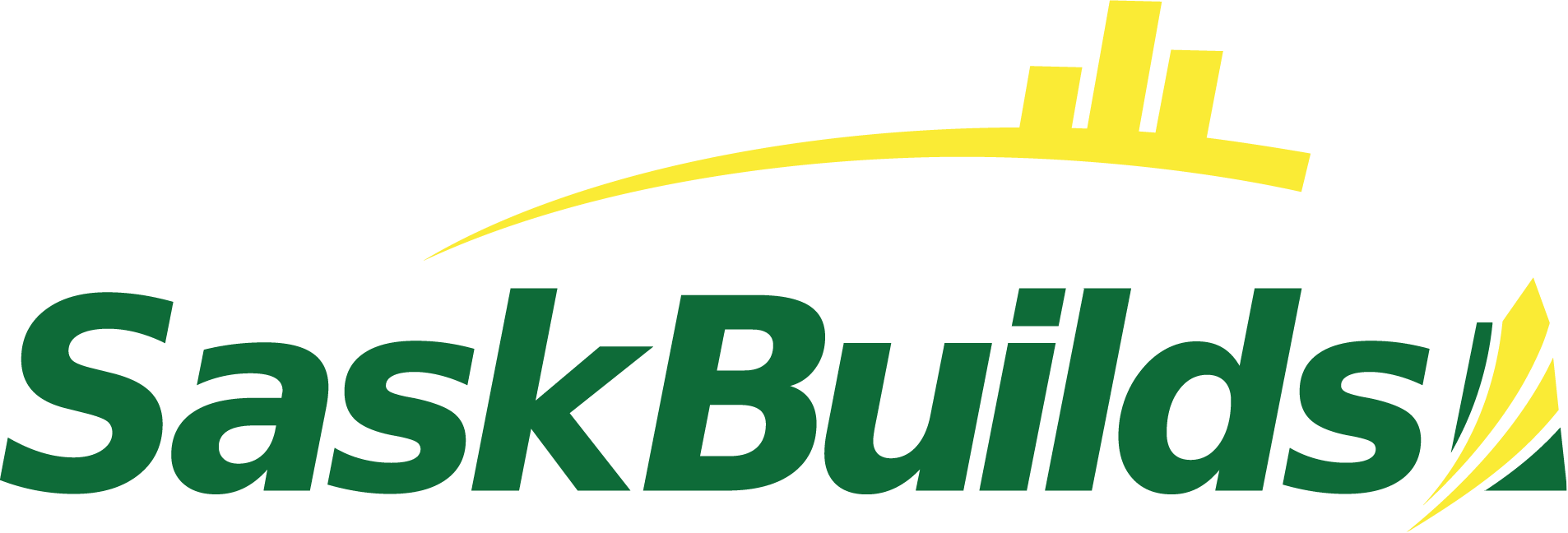
ALTERNATIVE APPROACH
P3 Perception and Reality
1: P3s equal privatization
2: Private sector profits come at the expense of services
3: P3s cost more (government can borrow money cheaper)
4: Private bankruptcy leaves taxpayers on the hook
5: Quality of service will decline under the P3 model
6: P3s allow government to avoid debt (off-balance sheet)
7: P3s are shrouded in secrecy, lack transparency and accountability
8: Government loses control over services in a P3
9: P3s lead to public sector job losses
10: Longer and more complicated bidding process increases project costs
1: P3s equal privatization
- The Public Sector owns the asset (building, roadway, bridge etc.) and controls the services through a performance based agreement.
- The public sector sets high quality agreement standards and the private sector gets paid only for services that meet those standards.
2: Private sector profits come at the expense of services
- In all forms of procurement, the private sector makes a profit – and pays taxes on that profit.
- With a performance based agreement, government has even greater control over the quality of services delivered.
- The private partner gets paid for the delivery of services – if services are not delivered then the partner does not get paid.
3: P3s cost more (government can borrow money cheaper)
- Not all projects are suitable for P3s, but for those that are, Canadian evidence (2004 onwards) shows that the total cost of P3s is less than the total cost of traditional projects. A project that is on time and on budget offsets any lower cost of government finance.
- P3s can reduce lifecycle costs and improve quality.
- Private partner assumes the risk of cost overruns – not the taxpayer.
4: Private bankruptcy leaves taxpayers on the hook
- If the private partner doesn’t perform then the financial firms will step in and find qualified resources to complete the project.
- The involvement of private finance imposes a greater discipline on the process and provides a greater level of financial oversight.
5: Quality of service will decline under the P3 model
- Programs and services delivered through a P3 model must maintain provincial standards and guidelines.
- Private partners will be financially penalized if services don’t meet specified performance standards.
- Government has more control over the quality of services through performance-based agreementss and can enforce provisions of the agreement dealing with quality control.
6: P3s allow government to avoid debt (off-balance sheet)
- While this may have been a practice in the past for some jurisdictions – it is widely recognized that the practice has since been abandoned.
- Canadian P3 projects today are recognized on government balance sheets.
7: P3s are shrouded in secrecy, lack transparency and accountability
- In Canada, P3s are among the most transparent procurement processes – far more transparent than traditional procurement.
- SaskBuilds will follow national best practice by publicly releasing P3 project documents including: reports from the expert independent Fairness Advisors, the final project agreement with the private partner (with commercially confidential information removed), and a value for money report that summarizes the results of the competitive procurement process once procurement is complete.
- The private partner is held accountable to government through a performance-based agreement.
8: Government loses control over services in a P3
- Programs and services delivered through a P3 model must maintain provincial standards and guidelines.
- Government retains policy and legislative power to regulate the provision of services.
- Private partners will be financially penalized if services don’t meet specified performance standards.
- Government has more control over the quality of services through performance-based agreements and can enforce provisions of the agreement dealing with quality control.
9: P3s lead to public sector job losses
- P3 agreements work within the labour laws of the province and existing collective agreements and this is a factor in decision-making.
- Across Canada, any changes in staffing levels are generally consistent with labour agreements and can occur through attrition, investments in training and skill diversification.
10: Longer and more complicated bidding process increases project costs
- Time and resources invested at the front-end are paid off over the lifecycle of the project by delivering the project on time and on budget.
- Due diligence is done upfront by thinking about what is needed over the long-term as well as assessing the risks and developing appropriate mitigation strategies.
- Standardized procurement documents reduce the time and resources required for both the public and private sector.
